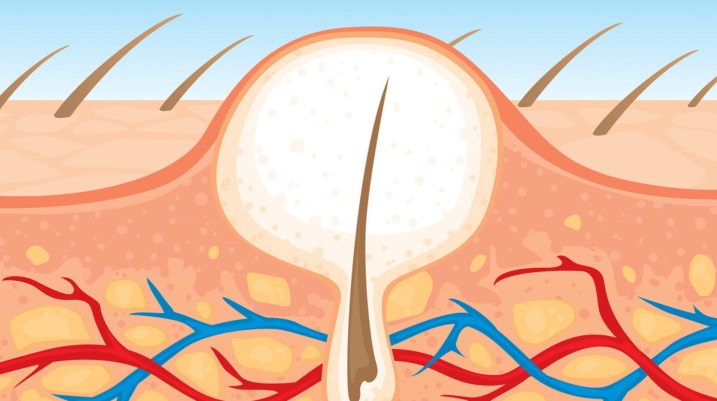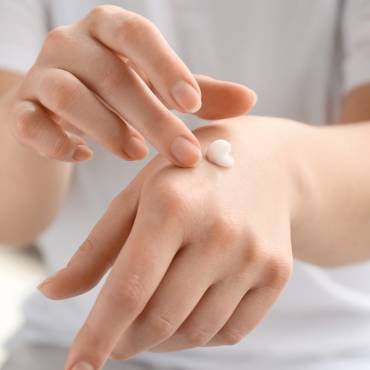Human skin is the habitat of many opportunistic microorganisms, including fungus. One of the most common skin diseases is acne, and it affects 80% of people at some point in their life. Most people use all types of anti-acne drugs that are prescribed by doctors, but still, they do not get the desired result. This can happen because they do not have acne at all. In this case, it is logical that treatment for acne does not work. In acne fungus condition, patients use anti-acne drugs that make it worse. For example, people generally confuse and mix conditions like rosacea, simple irritations, milk spots, and Malassezia Folliculitis with acne. It is quite possible that both skin diseases occur together and where everything becomes completely incomprehensible.
Fungal acne usually takes place due to excess yeast on your skin known as Malassezia; it is the same biological classification of fungi within hair follicles. When this occurs, “it results in inflammation and itchiness or acne-like eruptions. Fungal acne can be contagious as its yeast tends to spread.
Where does Fungi Acne come from?
The fungus prefers a carbohydrate medium so that it can develop on the skin of the face due to access use of sweets, chocolate, pastries, sugar, and candies etc. Also, the growth of fungal colonies can provoke an uncontrolled intake of antibiotics that upset the balance of normal and harmful microflora.
In the case of normal acne, bacteria p. acnes are responsible, and in the case of Malassezia Folliculitis, rashes cause Malassezia fungi. The same fungi cause other dermatitis and dandruff. In general, these fungi are a normal part of the skin microbiome, but when there are too many of them, problems arise.
The fungus grows due to the increased production of sebum. It likes the bacteria that cause acne love sebum and live where there is a lot of it. This skin problem also sometimes appears itself in high humidity: in the tropics or with heavy sweating because fungi love it too. Antibiotics play a role here because they kill bacteria (both good and bad), and this gives the fungi the opportunity and space for reproduction. Malassezia Folliculitis occurs while taking antibiotics, including surface antibiotics used for acne.
Types of Antifungal Medications:
Antifungal drugs, or antimycotics, are an extensive class of diverse chemical compounds, both of natural origin and obtained by chemical synthesis, which has specific activity against pathogenic fungi. Depending on the chemical structure, they are divided into several groups that differ in the characteristics of the activity spectrum, pharmacokinetics, and clinical use in various fungal infections (mycoses).
Miconazole – use for a week twice a day for the treatment of affected areas. Rub it into the skin until completely absorbed.
Ketoconazole – a drug based on ketoconazole is treated for 2 weeks or longer. To suppress yeast, the cream is applied to the damaged area of the face and adjacent healthy tissues.
What ingredients should not be used for fungal acne?
Fungi are living organisms belongs to kingdom Fungi, and it is worth avoiding such substances and formulas with which they can multiply. The human body acts as a Petri dish for the growth of fungus. First of all, antibiotics should be avoided, because they kill bacteria, change the composition of the microbiome, and give the fungi a breeding ground. Creams that are high in fatty acids and oils high in fatty acids like Linoleic, oleic, linolenic, palmitic. The most common oils with these acids are rosehip, jojoba, grape seed, olive, and almond. Fungi love to flourish on fatty acids, and if you use very saturated and fatty creams, then the chances are likely hight to experience fungal acne.
How to Treat Fungal Acne?
There are lots of medications available in the market to treat acne effectively. The use of tretinoin (a derivative of Vitamin A), benzoyl peroxide, or salicylic acid, the most common components for the treatment of acne, will not worsen the condition. If you are looking for option from where to buy tretinoin cream, then you visit alldaychemist.com to buy Retin A cream online at an affordable price.
A powerful systemic antimycotic to inhibit the production of an enzyme on which fungal cells are based. The drug effectively treats a person affected by yeast, mild, and dermatophytes. In the initial stages of mycosis, the use of antifungal ointments and creams is sufficient. Launched forms of mycosis are subject to systemic therapy with the mandatory use of oral fungicidal agents (Diflucan, Lamisil, Orungal), immunomodulatory, and probiotics. You can also purchase allergy or antifungal medication, but before that, please do not forget to consult your dermatologist or skin specialist.
Also Read: 6 Painful Fungal Infections


